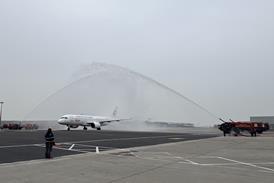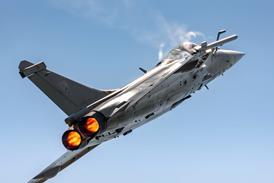AOPA's analysis of light aircraft safety reveals mishaps during manoeuvring flight increased significantly in 2005
Analysis of why US general aviation safety (GA) statistics were worse in 2005 than the previous year has revealed that light aircraft pilots were taking more risks, according to the Aircraft Owners and Pilots Association (AOPA).
In its annual study, the Joseph Nall report, AOPA has shown that accidents - both fatal and non-fatal - resulting from mishaps during "manoeuvring flight" at low level increased significantly in 2005, while weather-related accidents were proportionately reduced.
The overall US GA light aircraft accident rate rose to 7.2 serious mishaps per 100,000 flying hours in 2005 compared with the figure of 6.5 the year before, according to the Nall report. This, it says, is a departure from the improving trend during the last decade, and is the worst figure since 1998.
The comparative fatal accident figures were also up from 1.3 to 1.4 fatal accidents per 100,000h. Pilot-related accidents constituted 74.9% of all events, and 82.9% of the fatal crashes. Mechanical or maintenance-related accidents represented 16.2% of all events, and 7.5% of fatal ones. The few remaining accidents were classified as "other or unknown cause". The greatest killer categories were mishaps during manoeuvring flight, weather-related accidents, and incidents that take place during the take-off/climb phase or the approach/landing phase.
This latest Nall report devotes a section to "manoeuvring flight", a practice that many think involves "buzzing" a point on the ground, but that is only a part of the story. It gives the examples of an event in which a pilot and instructor were carrying out a practice approach for a forced landing but hit a power cable and were killed and of a pilot manoeuvring dramatically in an attempt to line up on a poorly executed final approach and stalling.
The report says: "Most manoeuvring accidents can be traced back to the pilot's decision to engage in a high-risk operation, either willingly or because of a lack of understanding. At the low altitudes where manoeuvring accidents occur, distractions can have a devastating effect. Often the pilot is focused outside the aeroplane [which] leads the pilot to lose touch with what the aeroplane is doing, resulting in undesirable airspeed or altitude deviations."
Source: Flight International























